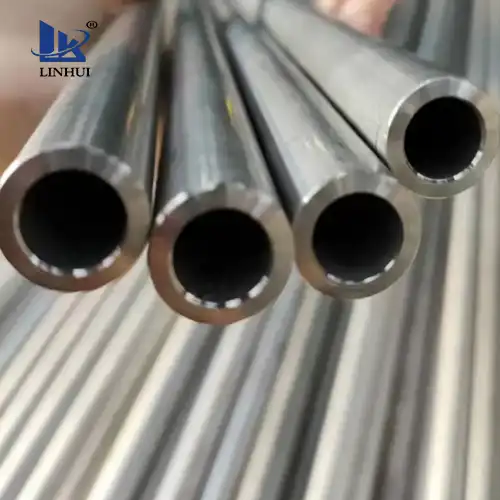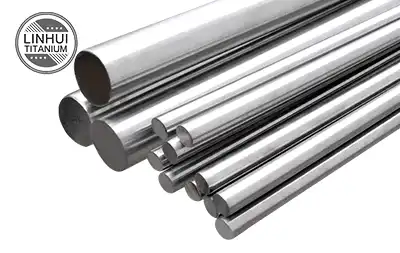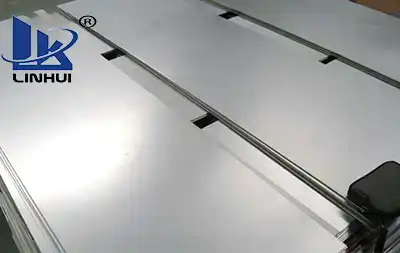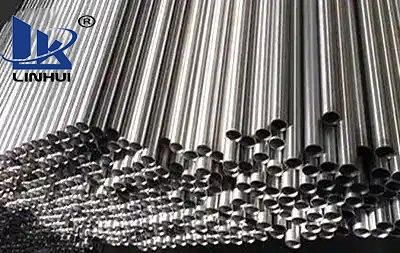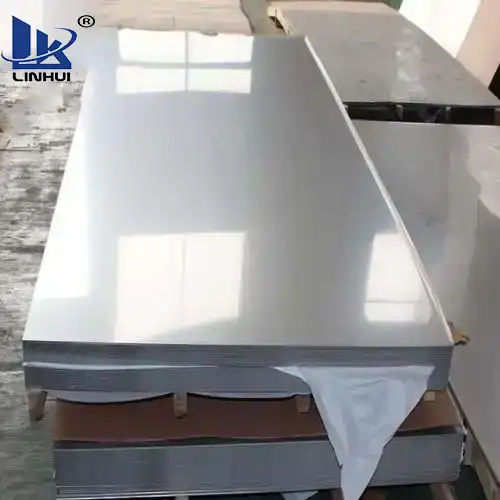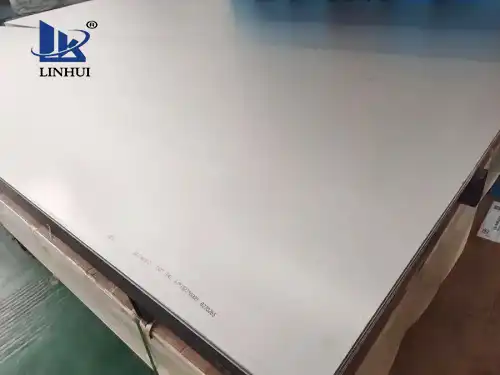Since the discovery of titanium in 1790, humans have embarked on a century-long arduous exploration to obtain its extraordinary properties. In 1910, humans produced titanium metal for the first time. However, the application of titanium alloys was arduous and long, and industrial production was not realized until 1951, 40 years later.
What is the use of titanium alloy?
Titanium alloy has the characteristics of high specific strength, corrosion resistance, high-temperature resistance, and fatigue resistance. The weight of titanium alloy of the same size is only 60% of steel, but it is stronger than alloy steel. Due to its good properties, titanium alloys are often used in medical fields, such as artificial joints, bone fixation devices, dentures, etc.
Titanium alloy is widely used in aircraft structural parts and heat-resistant parts. It is one of the main structural materials of contemporary aircraft and engines and is known as "space metal".
But titanium alloy is like a fierce thousand-mile horse. Its fierceness must be tamed to achieve the goal of traveling a thousand miles a day. So how can we "tame" titanium alloy?
Titanium alloy has poor thermal conductivity, high hardness, and is easy to rebound. The difference in thermal conductivity is reflected in the fact that the heat generated by friction during the titanium alloy custom processing is very large. If it is other metals, it will be quickly transmitted to the whole, such as the pots we usually use. However, titanium alloys have poor thermal conductivity, which will continuously accumulate heat, making the titanium alloys sticky, causing the cutters to become brittle due to heat, causing serious wear and tear, and even damaging the cutters, just like cutting gummy candies with a knife.
Titanium alloy has high hardness and aluminum alloy materials also used in aircraft are simpler to process: it takes 1 meter of titanium alloy material to process 25 meters of aluminum alloy material, and it is more economical, but the strength of the aluminum alloy is difficult to meet the requirements. , so although titanium alloy processing is difficult, it is very necessary. Moreover, titanium alloy spring back is severe, which affects the processing accuracy of parts. Especially for parts with thin walls and complex shapes, the processing is more difficult.
As titanium alloy processing technology becomes increasingly mature, processing equipment, cutting tools, etc. are constantly improved and improved. Stable processing of ultra-large structural parts and precision and complex parts can now be achieved. The processing accuracy can be stabilized at 0.2 mm and can reach 0.1 mm in some areas. It is the thickness of a piece of A4 paper, even more precise, and the processing efficiency is also significantly improved.
Powerful milling, shallow cutting high-speed milling, etc. make the processing of titanium alloy parts faster and more stable. We have developed methods such as the superplastic forming method for titanium alloy sheet metal processing, compressed air stirring for chemical milling processing, and low-current rapid welding for welding to tame this fierce horse.
Only titanium alloys can be used in the manufacturing of aviation equipment. I believe that with the continuous research and exploration of scientific and technological workers in the aviation industry, our understanding of titanium alloys will gradually deepen. We will have more knowledge to tame the thousand-mile horse of titanium alloys. This means it will make greater contributions to human aviation!






